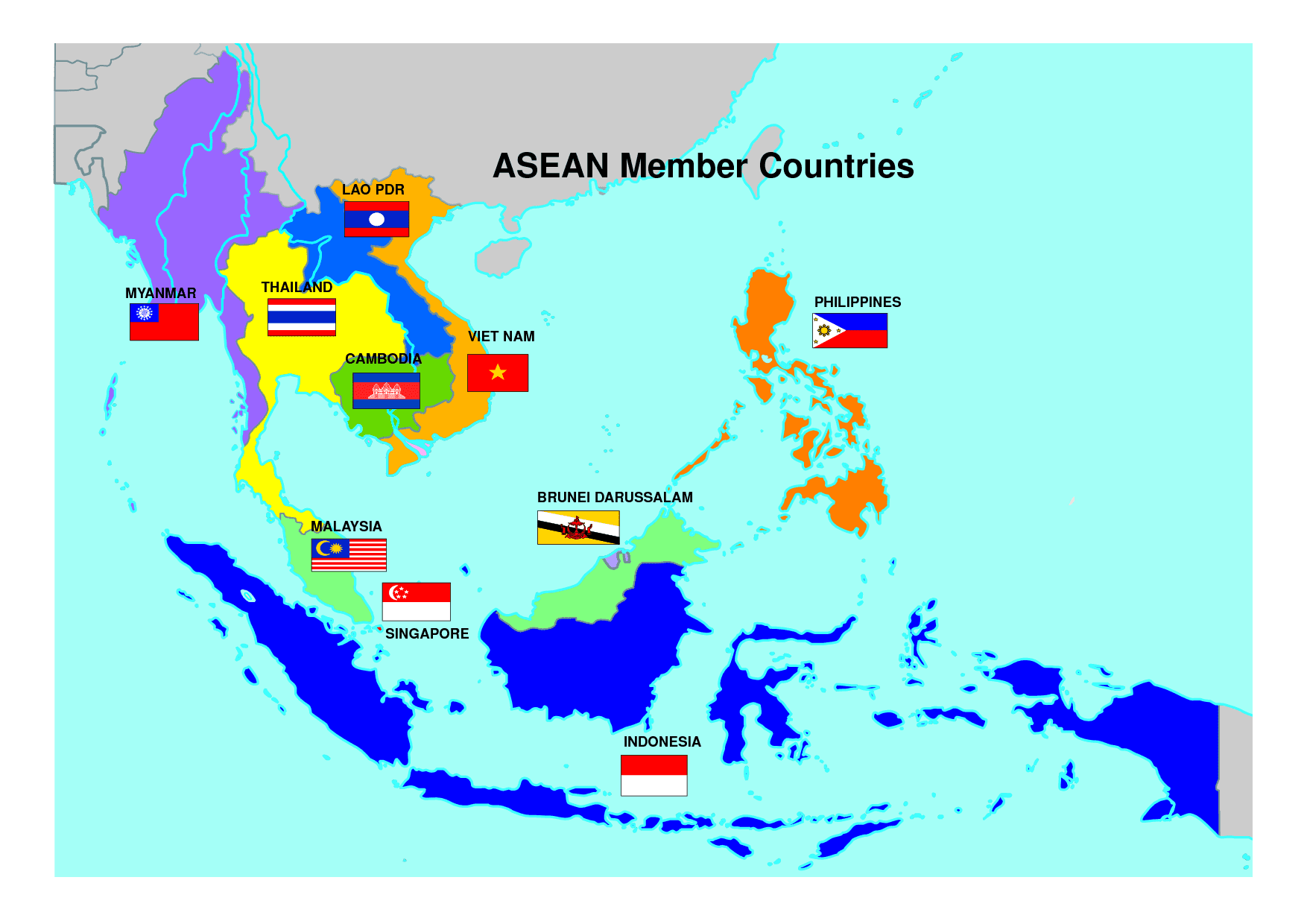The Association of Southeast Asian Nations (ASEAN) is comprised of ten countries: Indonesia, Philippines, Thailand, Malaysia, Vietnam, Singapore, Brunei, Myanmar, Cambodia and Laos.

ASEAN cultures and religions cross a wide spectrum – yet these nations share a preference for U.S. Soy.
Ten Things to Know about the ASEAN Market and Preference for U.S. Soy
- 650 million people call ASEAN home – and its population is expected to grow to 690 million by 2025.
- 9 percent of the world’s population lives here on 3 percent of the world’s total land acreage.
- The 3-to-1 sea-to-land-ratio makes ASEAN conducive to aquaculture production
- The ASEAN Economic Community (AEC) has a combined GDP of $2.4 trillion, making it the third fastest-growing major Asian economy, after China and India.
- The region’s accelerated expansion of middle class is young, with more than half of them under the age of 30.
- ASEAN is the 5th largest trading partner of the U.S. The two-way goods trade between the U.S. and ASEAN was $234 billion in 2016/17 ($11.5 billion in U.S. agricultural exports).
- This is a growing market for soybeans and soybean meal, with $4.8 million metric tons (MMT) of soybeans imported for food and crush.
- There are few significant barriers to trade in ASEAN. Markets here are open to new technology. Biotech, or genetically-engineered, foods are not currently a major social issue.
- About 52 percent of imports in Southeast Asia were from the U.S. in the 2015/16 marketing year. Key ASEAN markets consumed 7.5 million MT of soybeans and imported 6.9 MMT. On the flip side, they produced a mere 810,000 MT.
- 3.6 MMT of soybeans, accounting for 47 percent of total consumption, was for food use. The remainder was used for crushing and feed.
